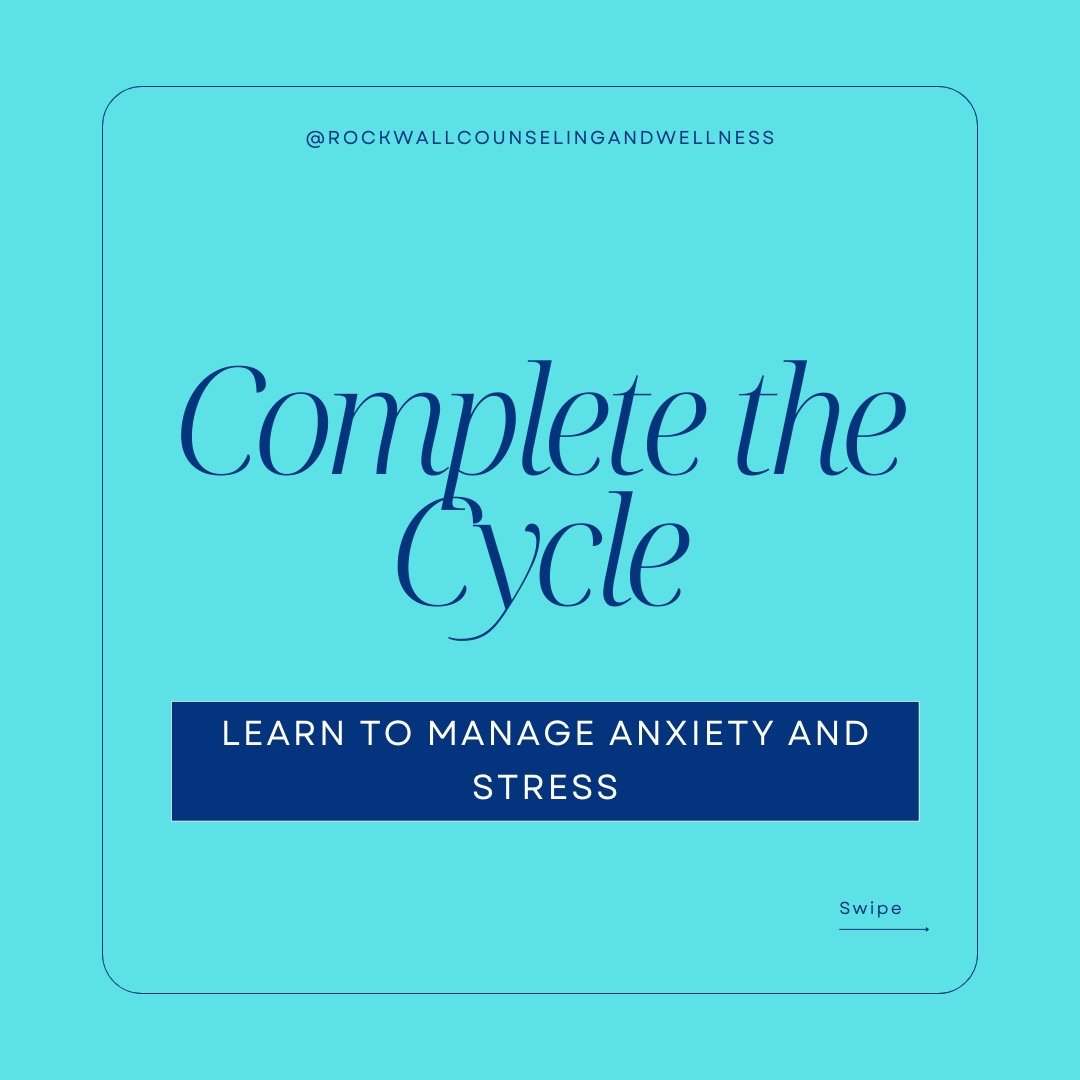Fight, flight, or freeze . . .
You have likely heard about the instinct to fight, flee, or freeze when you are in danger. It is an instinctive system that protects us from harm. But did you know that it is possible for your fight or flight system to get stuck? Do you ever experience a feeling of impending doom? You are just waiting for the next bad thing to happen? People tell you to relax and breathe, but your brain just won’t let you? If so, you may be experiencing Sympathetic Nervous System Dominance – in other words, your fight or flight instincts are stuck in the “on” position.
Why is this a problem?
To understand why this is an issue, start by understanding how your brain works. Your fight or flight system is a part of your normal operating system. In times of danger, it warns you to respond to a threat. If the threat seems insurmountable, the natural response is anxiety or fear. For example, imagine you are out on the plains of Africa, and you see a lion stalking you in the distance. You will likely become anxious. If it starts running at you, fear is an appropriate response. In this case, your brain will scream, “RUN!” and your body will likely comply.
If the threat is extreme, and there is no hope of outrunning it, then we may also freeze. This is the instinct that protects baby animals who can’t outrun their predators. Freezing helps them to escape notice. On the other hand, if the threat is something you instinctively feel you can overcome, the natural emotional response is anger or irritation. In this case, you are more likely to fight. So, if a chihuahua is chasing you . . . you get the idea.
When threatened, the brain dumps a chemical cocktail into your system to prepare and fuel your body. Adrenaline causes heart rate to increase and muscles to contract. It can also induce nausea (no time for eating grass when the lion is chasing us!). This is very useful when we need extra energy, focus, and strength to deal with the threat. However, it is not very useful for our logical processing center, which tends to shut down. When we expend physical energy (run away, fight) it uses up the chemicals that were dumped into our system.
If an animal freezes in response to the fight or flight instinct, they will often shake violently once the danger has passed. This shaking also depletes the chemical cocktail. Once the threat is eliminated (we get away from the lion or we defeat it) our brain registers safety and returns to normal operation. Our fight or flight system becomes dormant until we need it again.
Fantastic, we have an awesome brain for thwarting lions on the plains of Africa! But seriously, when was the last time you were chased by a lion?
We don’t experience many physical dangers in our modern society, but your brain is still perceiving and responding to threats. The threats just look different now. They come in the form of overdue bills, unreasonable bosses, fights with your loved ones, or pandemics. These are things we can’t fight or flee from no matter how much we want to. Instead, we try coping with alcohol or drugs or maybe disappearing into social media and games.
Unfortunately, these things don’t resolve the threat. It keeps lurking. As unresolved threats pile up, our fight or flight system becomes permanently engaged. We enter into a stage of hypervigilance where our nervous system is constantly bathed in adrenaline and cortisol. The result is an overworked brain that is constantly trying to respond, overthinking, generating endless scenarios. Our nerves are so overstimulated, we feel edgy and unable to relax.
What do we do about it?
Now that we understand how our system is designed to work, we need to take advantage of that natural process. When you feel anxious, fearful, angry, irritable, or resentful, see if you can identify the situation that your brain perceives as threatening. Try the following suggestions to help complete the fight or flight cycle and return to normal.
Disengage the fight or flight response:
· If you are not physically safe, then seek safety (In this case your instincts are helpful!).
· If you are physically safe, then remind yourself, “I am safe” (there is no lion).
· Be accepting of your body’s instinctual response (practice some self-compassion).
· Remind yourself that you need your logical brain right now.
Address the chemical and physical response:
· Engage in some physical activity to dissipate the chemical response.
· Slow your breathing (try an app that teaches mindful breathing).
· Relax your muscles (contract the muscle for a count of 5, then release).
· Shake out your limbs to reduce residual tension.
· Splash some cold water on your face or neck to reduce heated feelings.
Return to mental and emotional safety:
· Identify the threat (think about what is triggering a defensive response and why).
· Resolve the threat if possible.
· Accept what you can’t change and create healthy boundaries when necessary.
Resolving a threat may be as easy as having a conversation to clear the air with a loved one. However, we find it is often more complicated than that. You may need counsel on debt management or improving relationship skills. Some more pervasive and serious threats arise from past trauma that must be processed before it can be resolved. A good counselor can help you learn to find healthy resolution to the things that are triggering your fight or flight response. Reach out for help today.
Written by Dixie Webster, LPC-Assocaite; Supervised by Lauren Coats, LPC-Supervisor





